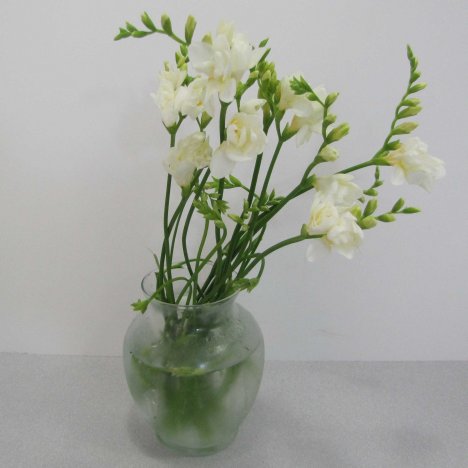Make hand tied bouquets
Hand tied bouquets true beauty starts by treating the flowers gently. After stripping off any leaves that may be below the water line, place your roses in a container of water that has been (again!) treated with fresh flower food.
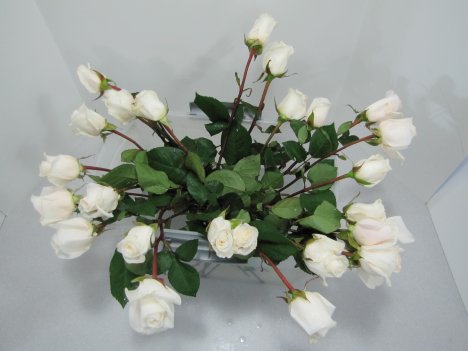
Every single stem has to be below the water surface at all times. If you notice a flower wilting after a day or so, it's probably because the water level has dropped and the flower is sucking up air.
Don't be sparing of the depth of the water. You'll be surprised how much water roses can drink in a day!
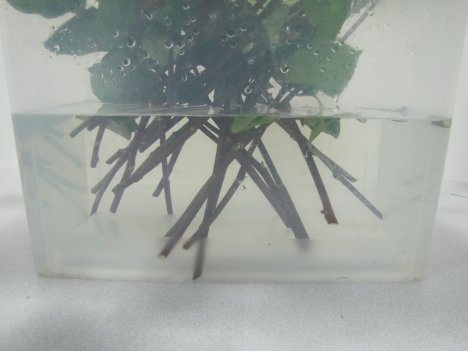
After the flowers have been allowed to draw up water for 20 minutes or so, you can gently arrange them in a more compact manner if you wish to refrigerate your roses.
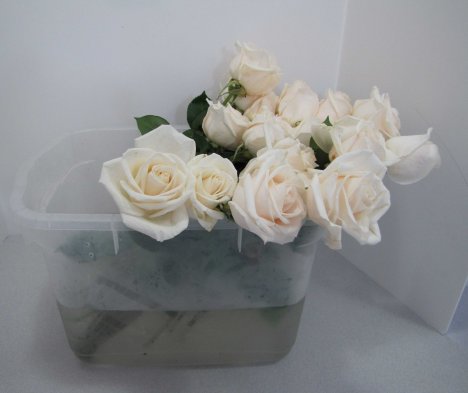
If possible, keep flowers like roses, freesia, and stephanotis in a spare fridge. You can see I have put quite a few in one shelf of my own home refrigerator.
Keep in mind that regular refrigerators draw condensation OUT, while a florist cooler puts humidity IN. Turn up your home fridge so it's not quite as cold as you usually have it and then mist the flower heads with a sealant like Finishing Touch or Crowning Glory to ensure that moisture stays in the flower petals.
Flowers stored towards the back could freeze in a regular fridge if the settings are too cold.
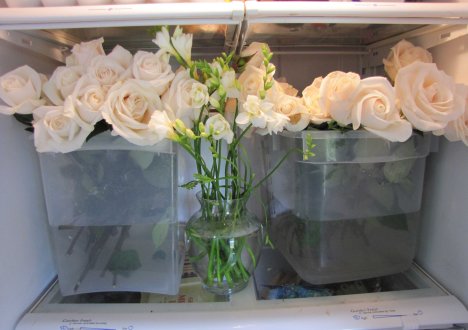
Don't get upset if you don't have refrigeration available. Most flowers are fine without it and generally have a long life if sent to you straight from the farm. Simply mist your flowers frequently with Finishing Touch and store in a room with the air conditioning turned down until it is "chilly" and keep the room dark when you aren't working with your flowers.
A cool basement or air conditioned room works well. In fact - most of the time your real concern is that the flowers arrive in soon enough so they can OPEN to their full beauty before arranging!
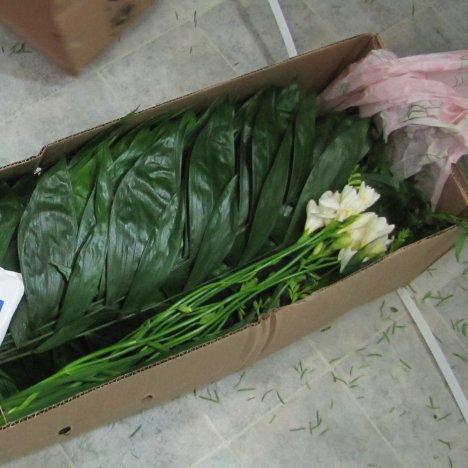
Freesia and other bulk wedding flowers should be processed immediately upon arrival. You can see as I opened my box that the bunch of freesia actually have quite long stems. If you are planning on using these for corsage or bouquet work, you can cut a big part of that stem off during processing.
Gently separate the freesia. They are usually tightly packed and entangled with each other. Place into the water treated with flower food, making sure the ends are completely submerged.
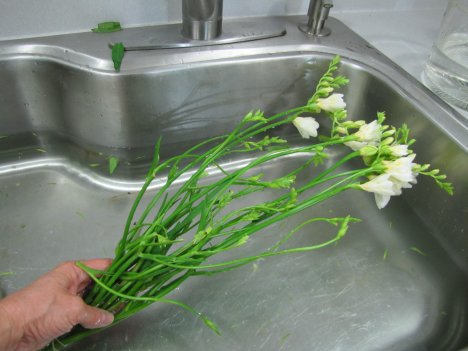
I generally do all my cutting with floral snips. Commonly called "bunch cutters" by florists, they cut cleanly thru flower stems without damaging them in any way because the blades are designed for flowers. Regular shears can crush stems, pinching them tightly and sealing them off so the flower cannot draw water up to the flower head.
Always cut UNDER WATER and then dip the entire bunch of freesia into Quick Dip or other hydrating solution before placing in your waiting container.
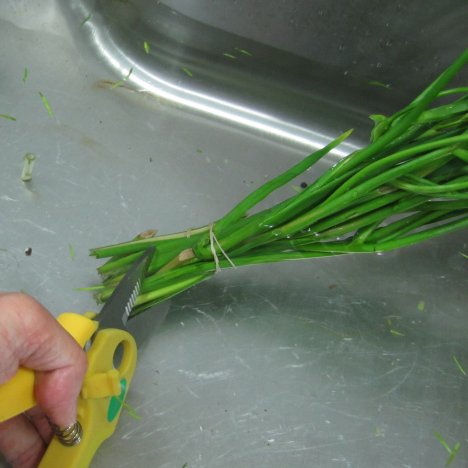
Places that sell wholesale flowers will always show you a gorgeous bloom with three or more buds fully open. This is a more realistic view of what your freesia looks like when it arrives.
It does have a lovely scent and the unusual lateral of buds adds a lot of texture and interest to any bouquet or corsage.
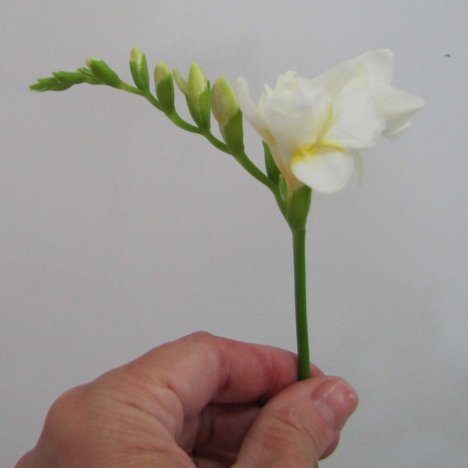
This flower comes in white (shown below with a pale yellow throat), yellow, lavender, mauve, orange, gold, pink, red and lavender.
Do not pull off any bloom that looks wilted at this point. It may simply need re-hydrating to open up fully.
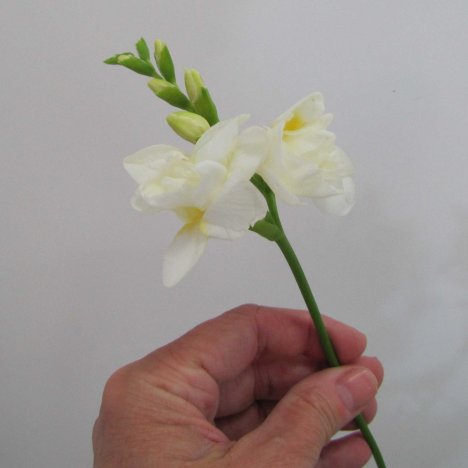
Since a florist bunch of freesia consists of ten stems, I generally place them in a narrower necked vase, cutting the stems short enough to fit in a refrigerator shelf.
If you don't have refrigerator space, simply keep in an air conditioned room, in the dark, and mist well with Finishing Touch.
You can place it near a window with sunlight an hour or so before using if you wish to have more than one or two blooms open.
